American Revolution Ends with the Treaty of Paris
After Cornwallis surrendered at Yorktown on October 19, 1781, peace negotiations commenced in Paris in April 1782 with the talented United States contingent that included Benjamin Franklin, John Adams, John Jay, and Henry Laurens. In September, France’s Foreign Minister Vergennes put forth a proposal that would have left America an independent but weak nation, with thousands of miles of hostile borders and no possibilities for westward expansion. Adams and Jay wisely decided to bypass the French and open direct negotiations with England.
Tom Hand, creator and publisher of Americana Corner, explores the negotiations that led to the Treaty of Paris, and why they still matter today.
Images courtesy of Yale University Art Gallery, Brown University Library, National Portrait Gallery - Smithsonian Institution, The New York Public Library, Library of Congress, Wikipedia.

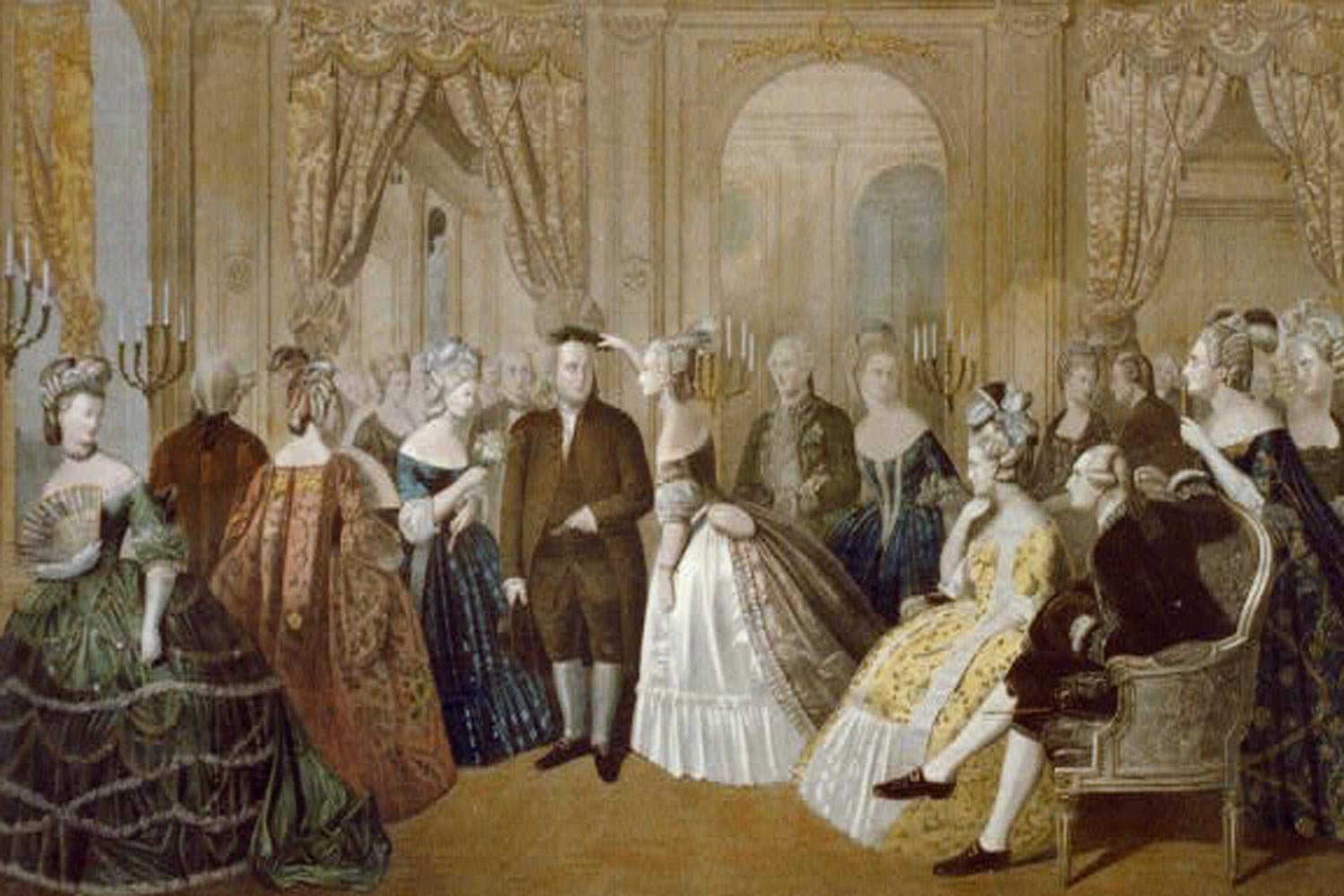
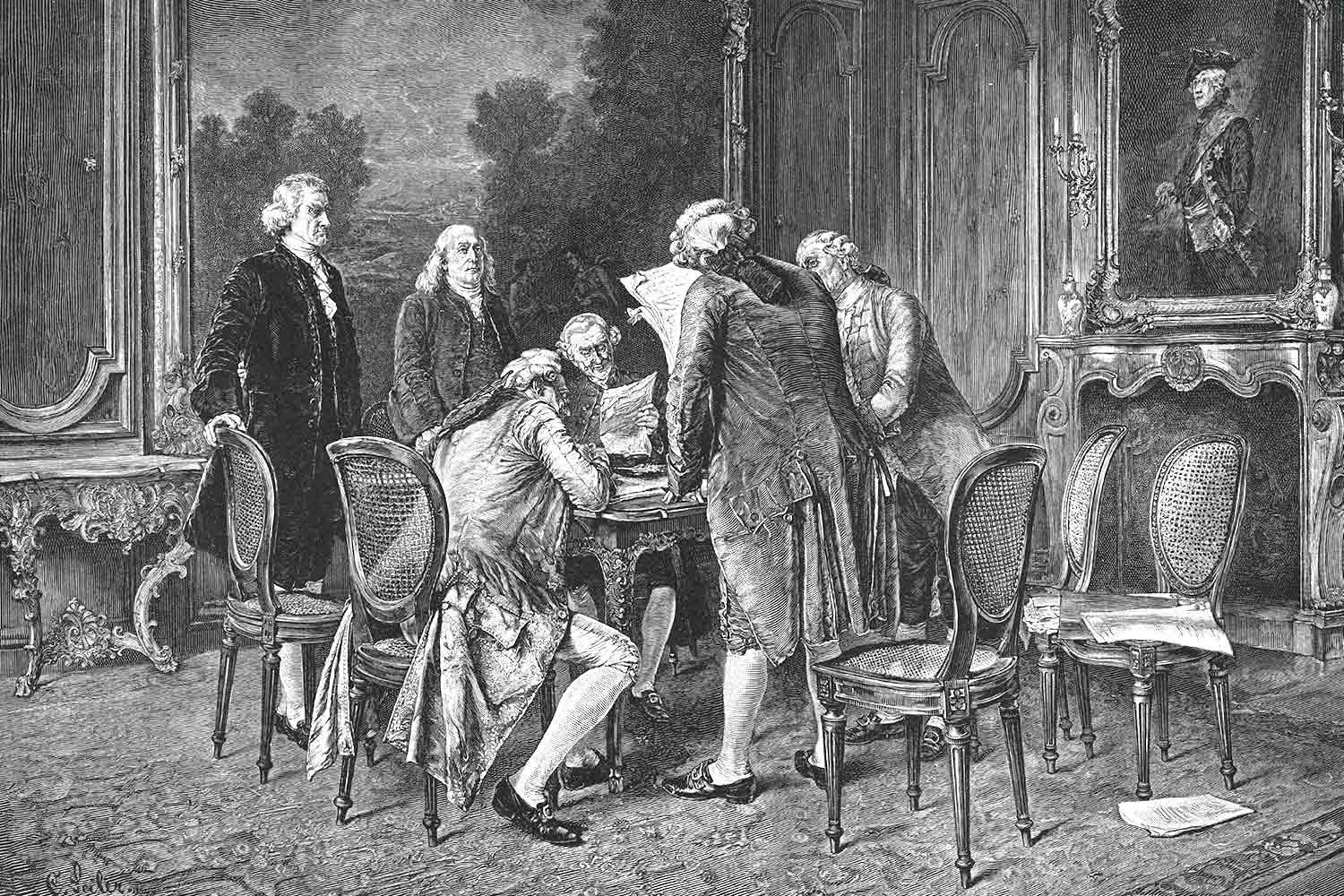
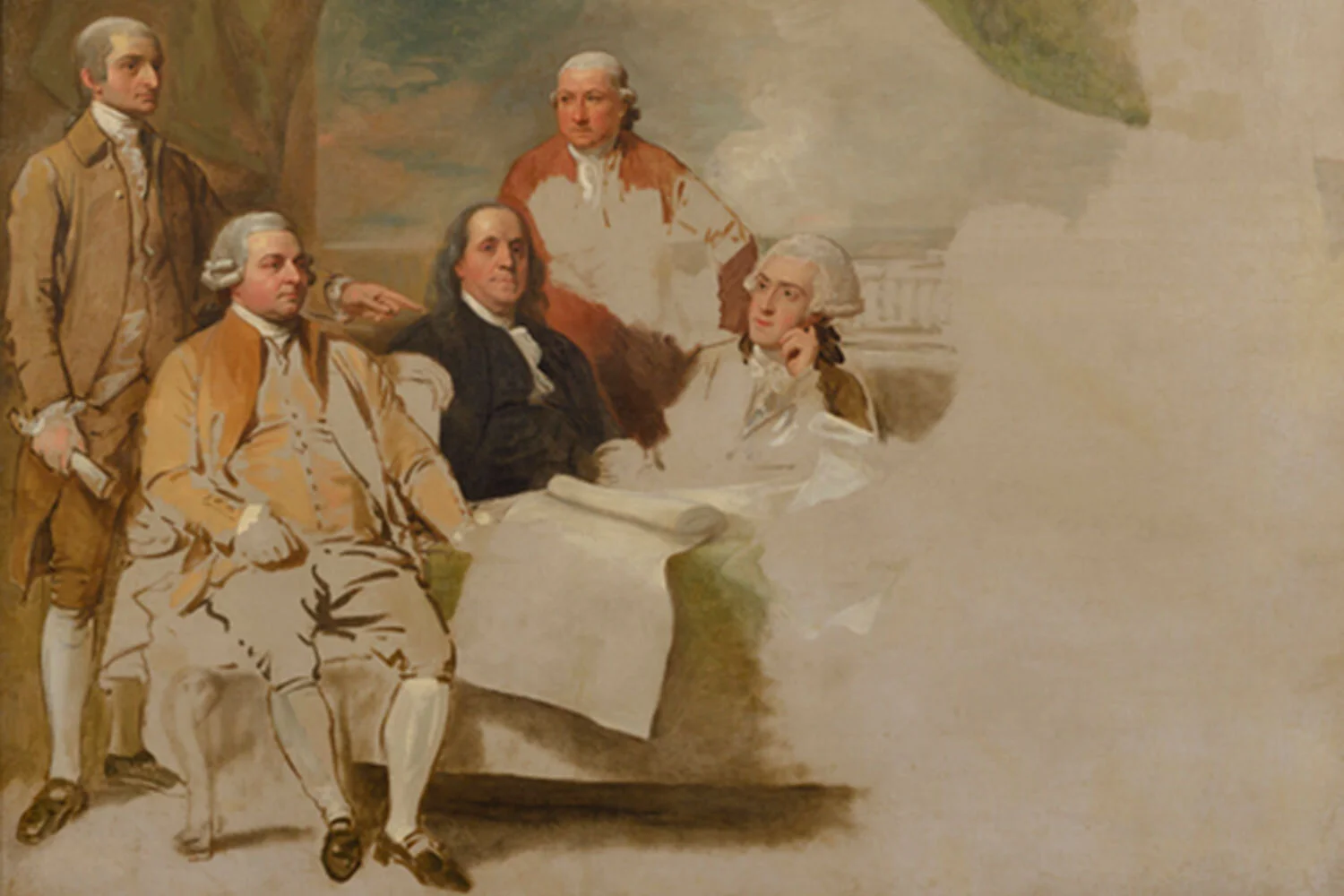
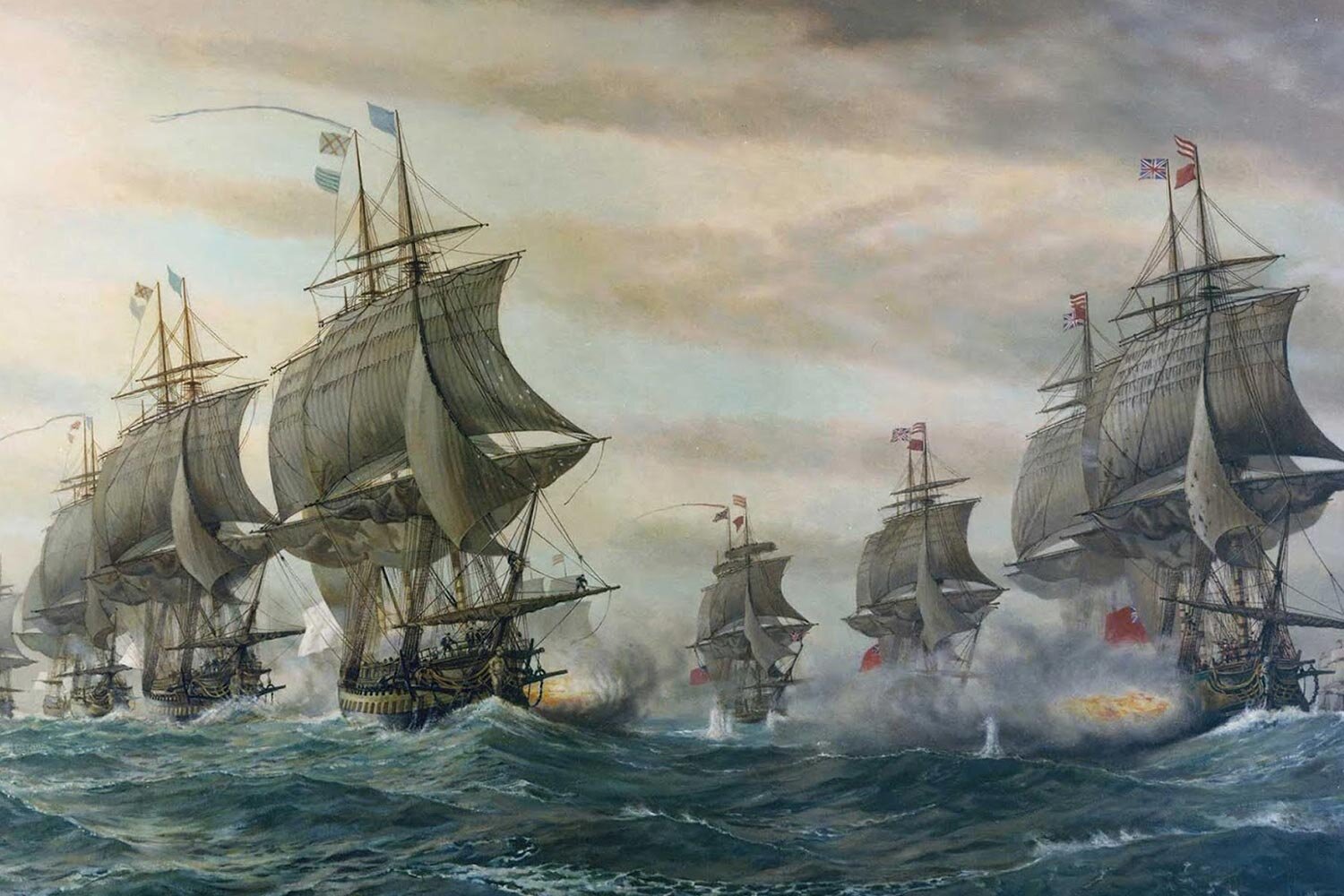
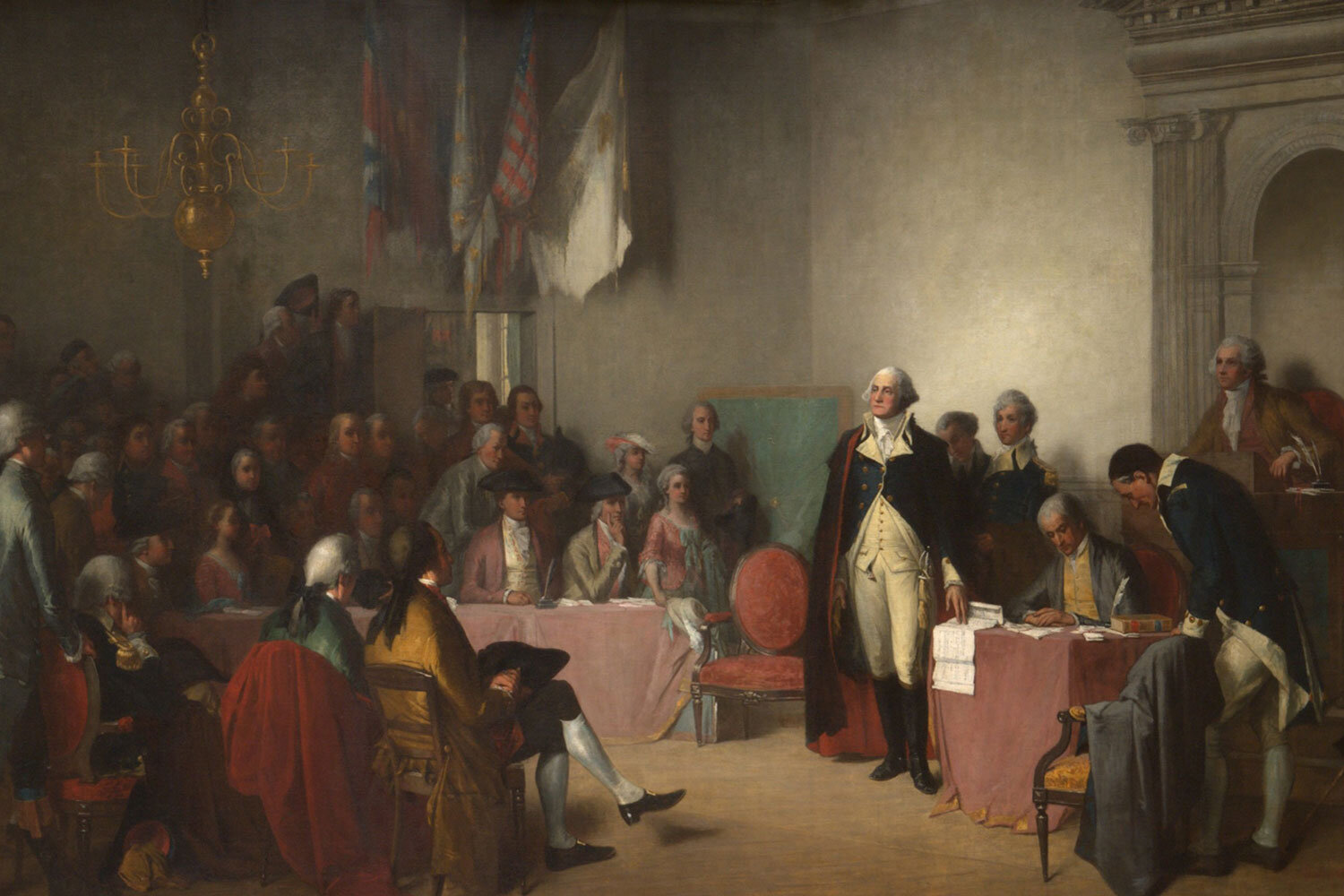
After Lord Charles Cornwallis surrendered to General George Washington in Yorktown on October 19, 1781, English officials reached the painful conclusion that the war was simply too costly to continue. Not only was the war in North America expensive to prosecute, but it was also a distraction from England’s defense of their more lucrative possessions elsewhere in the world, such as the sugar islands in the Caribbean and trading posts in India.